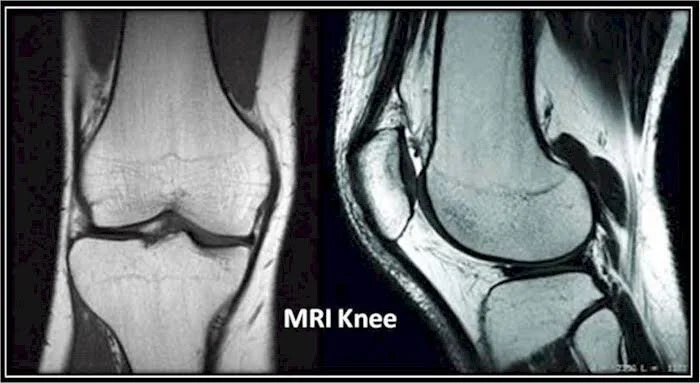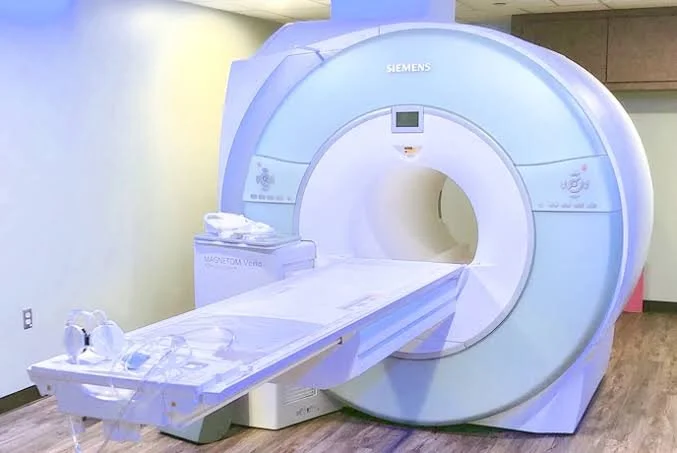Non-painful knees often appear abnormal on MRI
Week 84: Non-Painful knees often appear abnormal on MRI
Unedited version of my column Run&Bee in Hindustan Times on 22 Feb 2020
Photo by @sharonmccutcheon on www.unsplash.com
On 1st January, Sulekha, 45 year old corporate lawyer, made a new year resolution to become fitter so that she could spend quality time with her hyper-active teenage twins who unlike most children today, love sports. She herself had been very active in school and college days, representing her alma-mater in multiple sports but her profession demanded long hours of work and she ended up ignoring herself.
She started her fitness journey by going to the gym. She hired an experienced personal trainer of good reputation so that she could train under professional guidance to avoid unnecessary injuries and get optimal results from her training. She started with strength training and a walk run program on treadmill. Just after the first month, her friends started to comment on change in posture. She felt energetic. Just about 10 days ago she developed knee pain.
When she came to me, she had already seen an Orthopedician. Without examination, the surgeon had ordered for an MRI, which showed early degenerative changes and minimal meniscus ligament tear. She had been told that she needed the surgery urgently, else she would develop osteoarthritis of knees and soon would need knee replacements. Sulekha was devastated. Her pain had got worse since her consultation with the surgeon but she wasn’t too keen on the surgery. She said, “I only had a niggle. I went to the doctor to avoid the condition getting any worse. And now all I can think about is the knee replacement.”
MRI machine
This is a common occurrence. MRI being self-prescribed by active and non-active people with few days of knee pain, or by their treating doctors. They then panic on seeing the reports. Almost always surgery is recommended. What is it that the latest research suggests?
A London based study published in Skeletal Radiology on 14th February 2020, looked at how often would MRIs show abnormal findings in knees of adults who had no complaints. High quality MRI was done for 115 uninjured sedentary adults with average age of 44 years.
“Surprisingly both knees of almost all of these individuals showed one or the other abnormality for which under normal circumstances surgery is recommended when presented with pain.”
Photo by @anikolleshi on www.unsplash.com
Authors of this study, Dr Laura M. Horga and Anna C. Hirschmann, question the decision to do arthroscopic and other surgical interventions based on MRI findings as these surgeries don’t result in better outcomes than fake surgical intervention. Diagnosis should be based on listening to patients and then examining them.
Dr Raju Easwaran, an Orthopaedic Surgeon passionate about joint preservation and himself a fitness enthusiast concurs. “Findings of this study are in sync with what is observed in Orthopaedic clinical practice across India for this age group of patients.”
“MRI is unfortunately over prescribed by clinicians. Most simple problems are easily diagnosed with a good history and clinical examination, an art form that is slowly dying in this fast paced environment. Most people who come to a doctor want to be heard, show an adequate amount of empathy and educate them about their condition. Medicines do not have that much of a role in knee pain beyond affording temporary pain relief enough to permit exercise.”
Photo by @ivanf_v on www.unsplash.com
“Doctors need to understand their patients needs by listening to them, besides thoroughly examining them, and only then correlating any kinds of reports with their signs and symptoms. What then becomes most important is what the doctors have to say to their patients. Using poor language can do harm that could last a lifetime. As a runner myself and a sports-exercise medicine doctor, if my attending doctor doesn’t fulfil the above criteria, I would literally run away from them.”
As for Sulekha, she felt a lot calmer on being heard to and being told that her pain was not correlating with any of her MRI findings. Pain was simply there because of overtraining and not enough rest. She is now back to her strength training and running without any more pain. She is again enjoying playing football and running with her twins.





